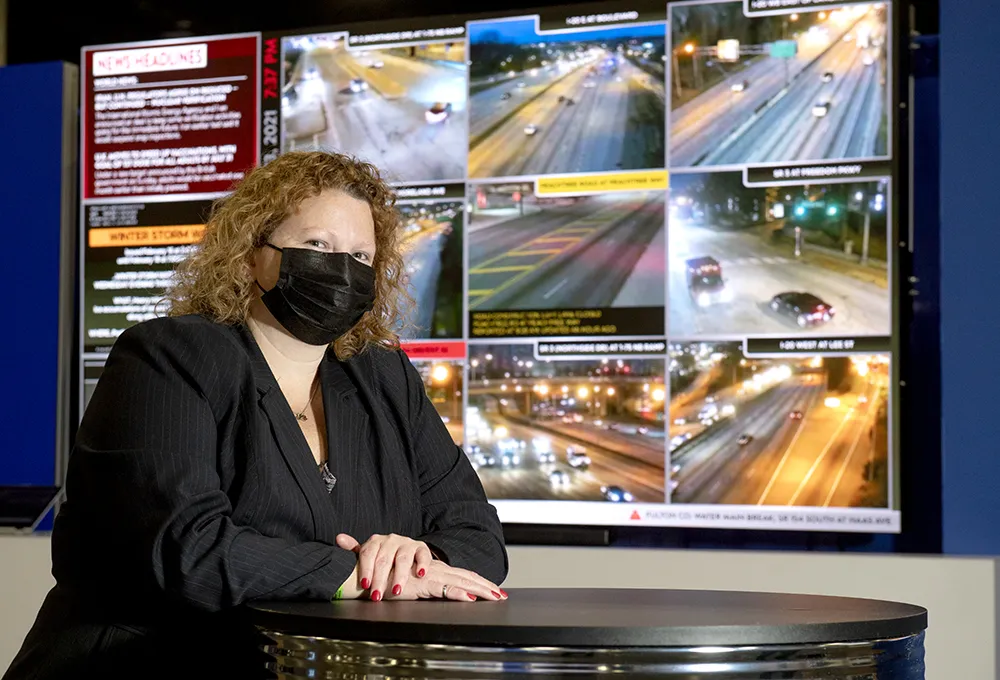SES America has added its single line, full colour embedded digital message sign (DMS) to the Florida Department of Transportation’s TERL-approved product listing.
According to SESA, the addition of full colour embedded DMS to its already approved product line continues to build out the offering of high-quality, energy efficient dynamic message signs the Rhode Island-based company manufactures for installation on highway projects across the US and Florida.
Each embedded DMS is able to display standard
April 21, 2015
Read time: 2 mins
According to SESA, the addition of full colour embedded DMS to its already approved product line continues to build out the offering of high-quality, energy efficient dynamic message signs the Rhode Island-based company manufactures for installation on highway projects across the US and Florida.
Each embedded DMS is able to display standard characters in both 12-inch and 18-inch heights in a variety of Manual of Uniform Traffic Control Displays (MUTCD)-compliant colours and is capable of being used for a range of applications including variable toll rates, lane status messaging, travel times and advisory messages. The signs are controlled by a state-of-the-art controller located in a roadside cabinet, complete with a full-colour touch screen, full NTCIP compliance and the ability to control multiple embedded DMS from a single controller.
SESA president Phil Perut commented, “SESA continues to lead the industry in energy-efficiency, reliability and innovation, and the addition of our full colour embedded DMS allows us to bring this technology and all of its benefits to Florida. TERL is well noted for its stringent requirements and exhaustive review process, so we are delighted to see the quality and performance of our technology validated by an organization that is well respected across the industry.”









